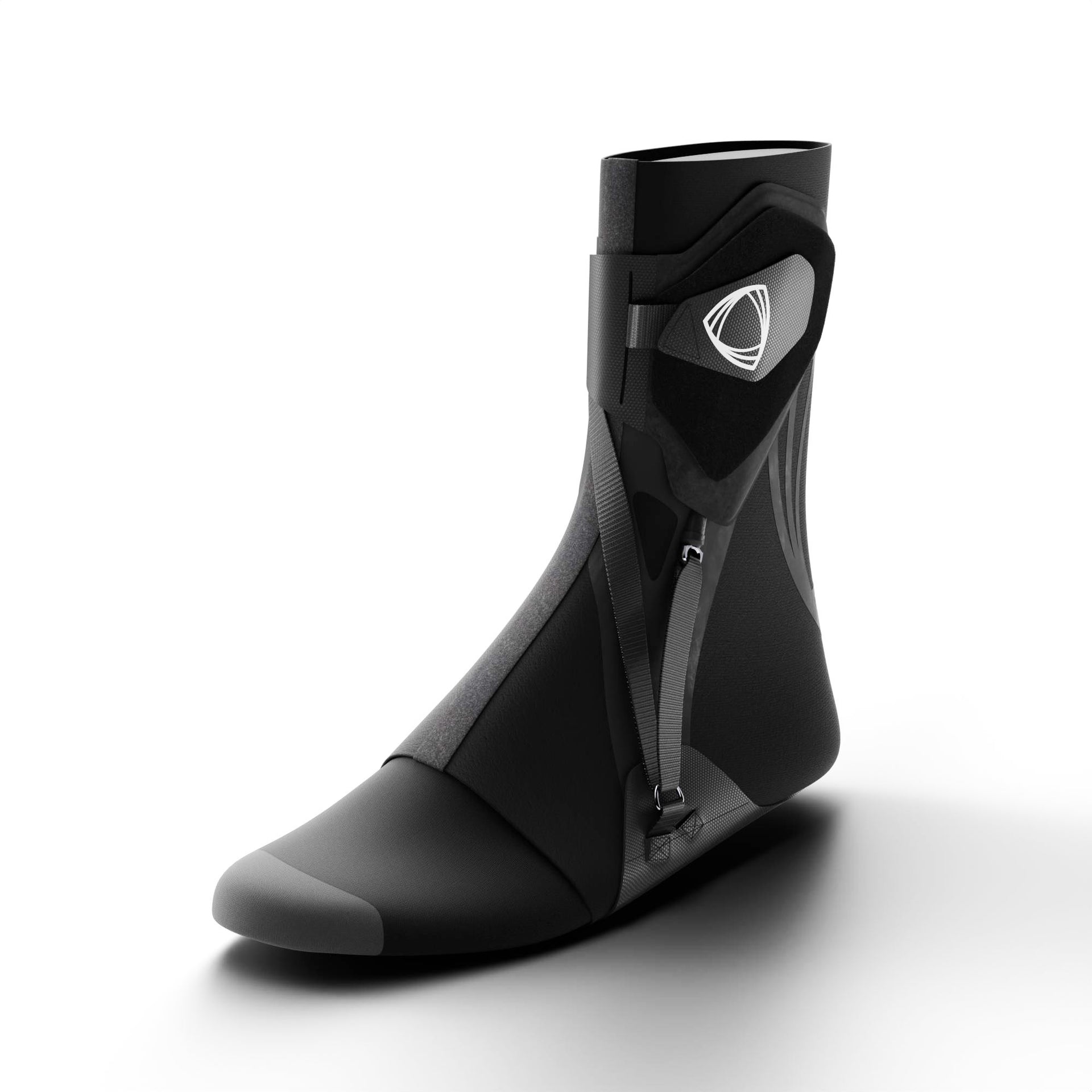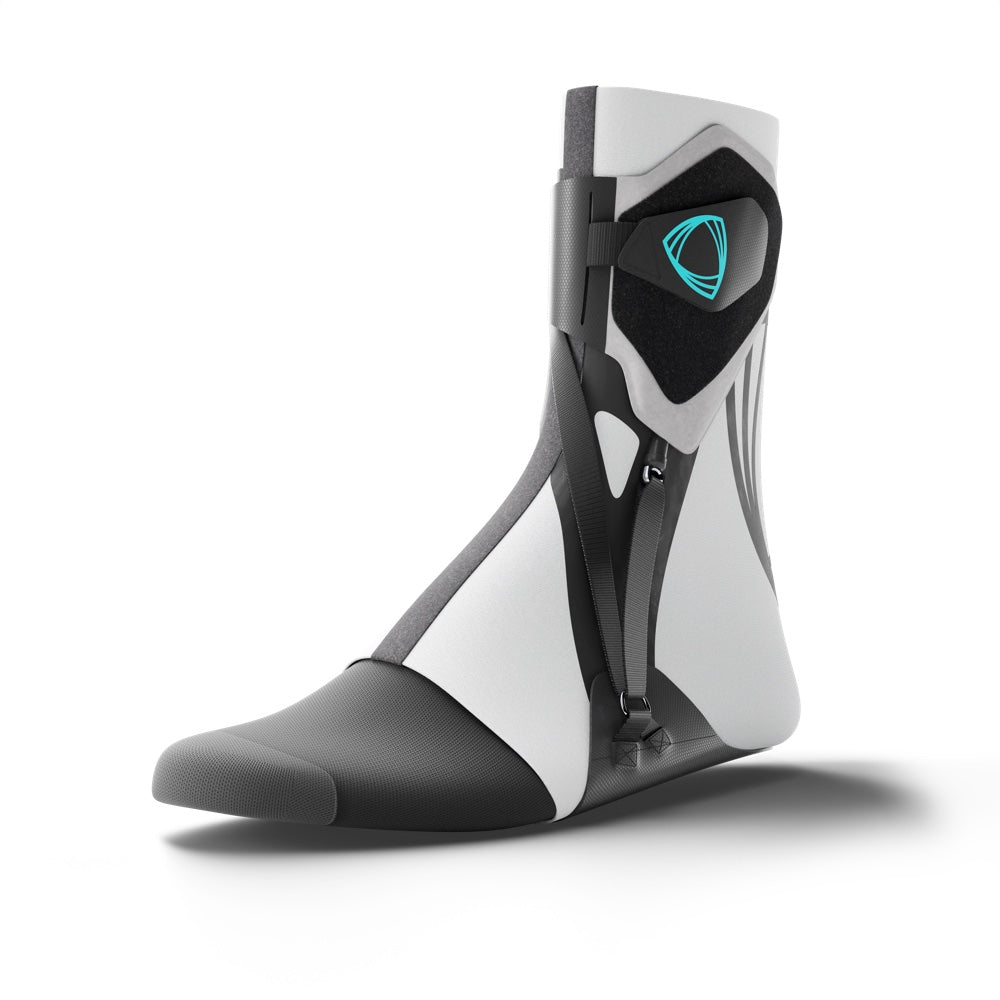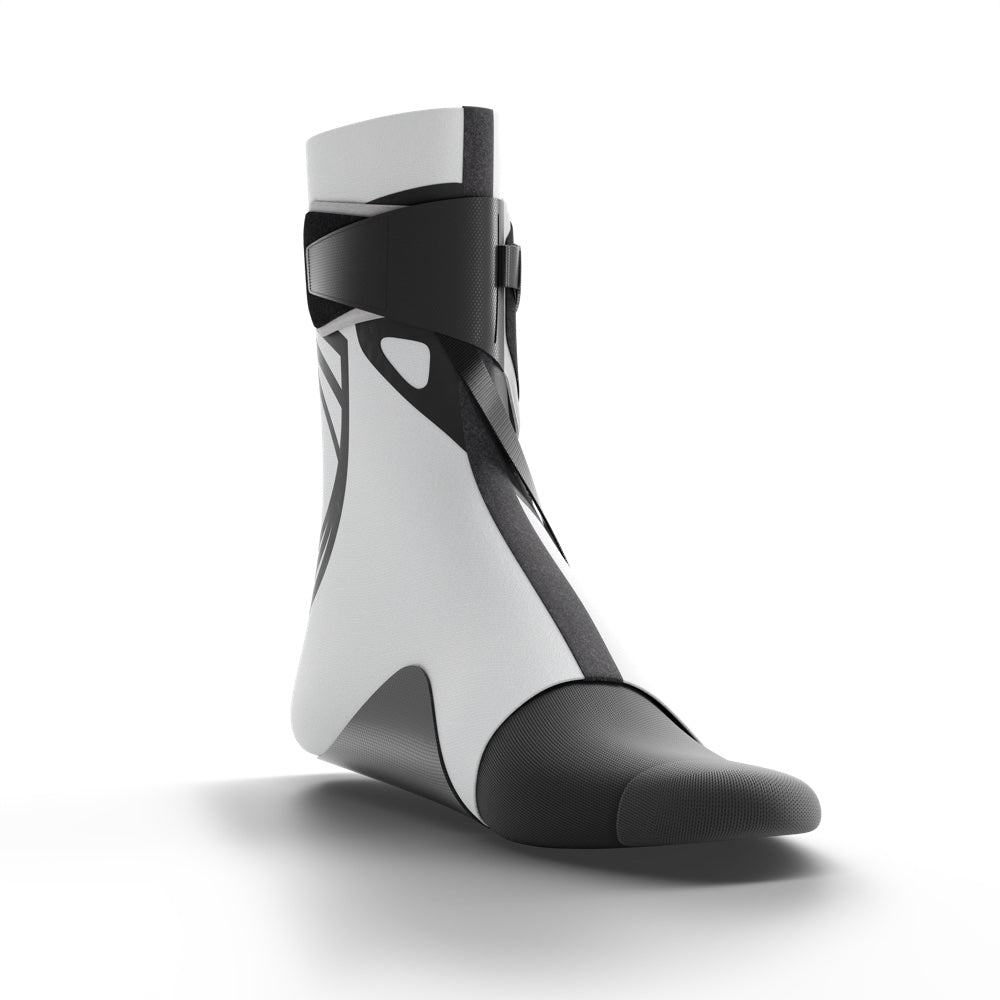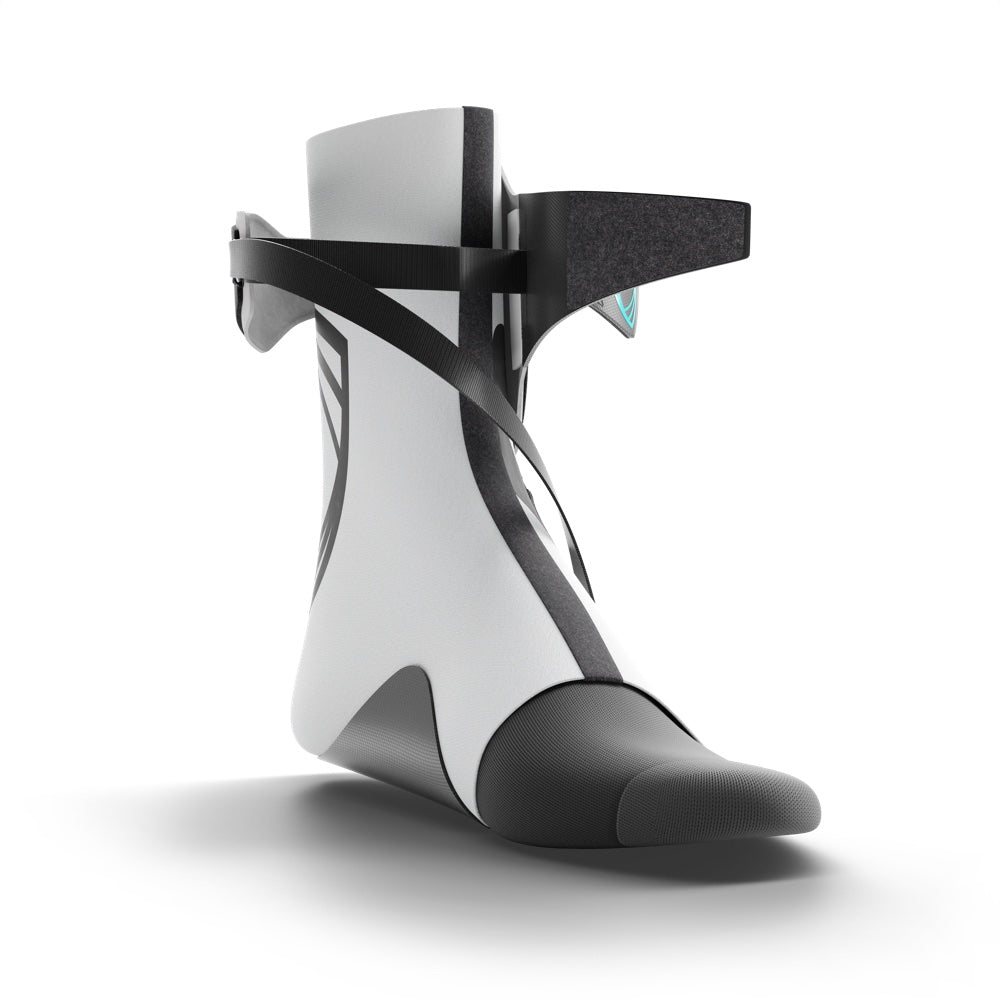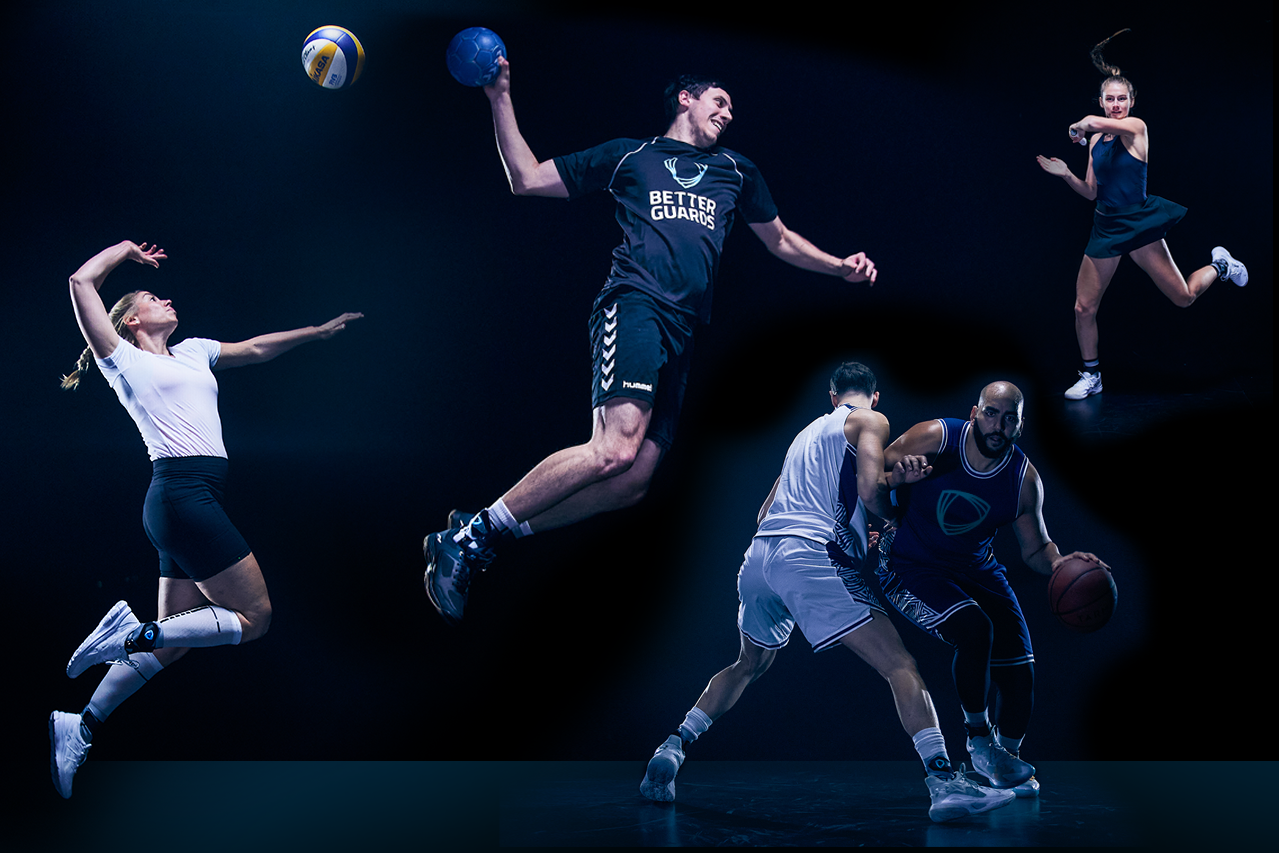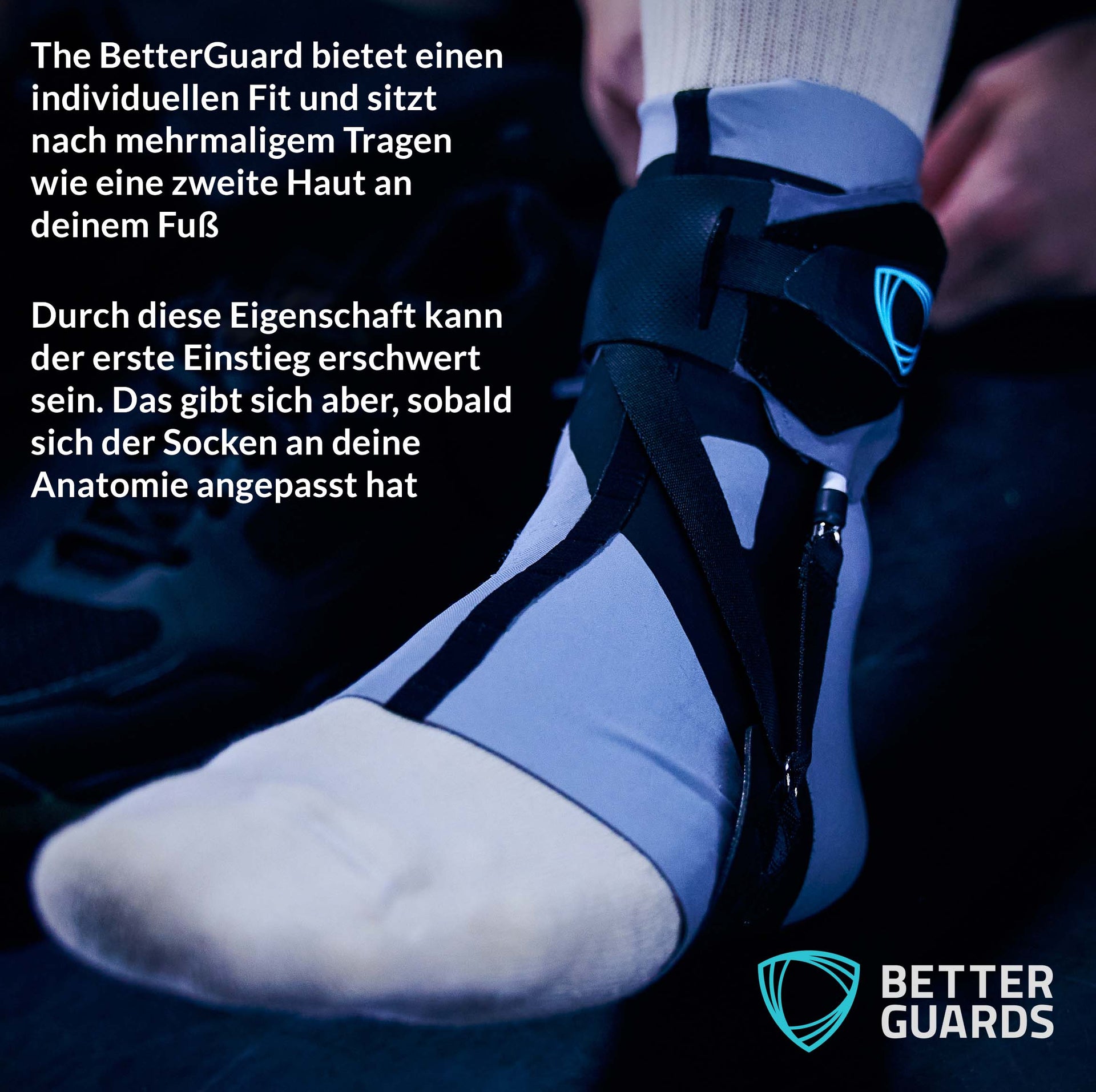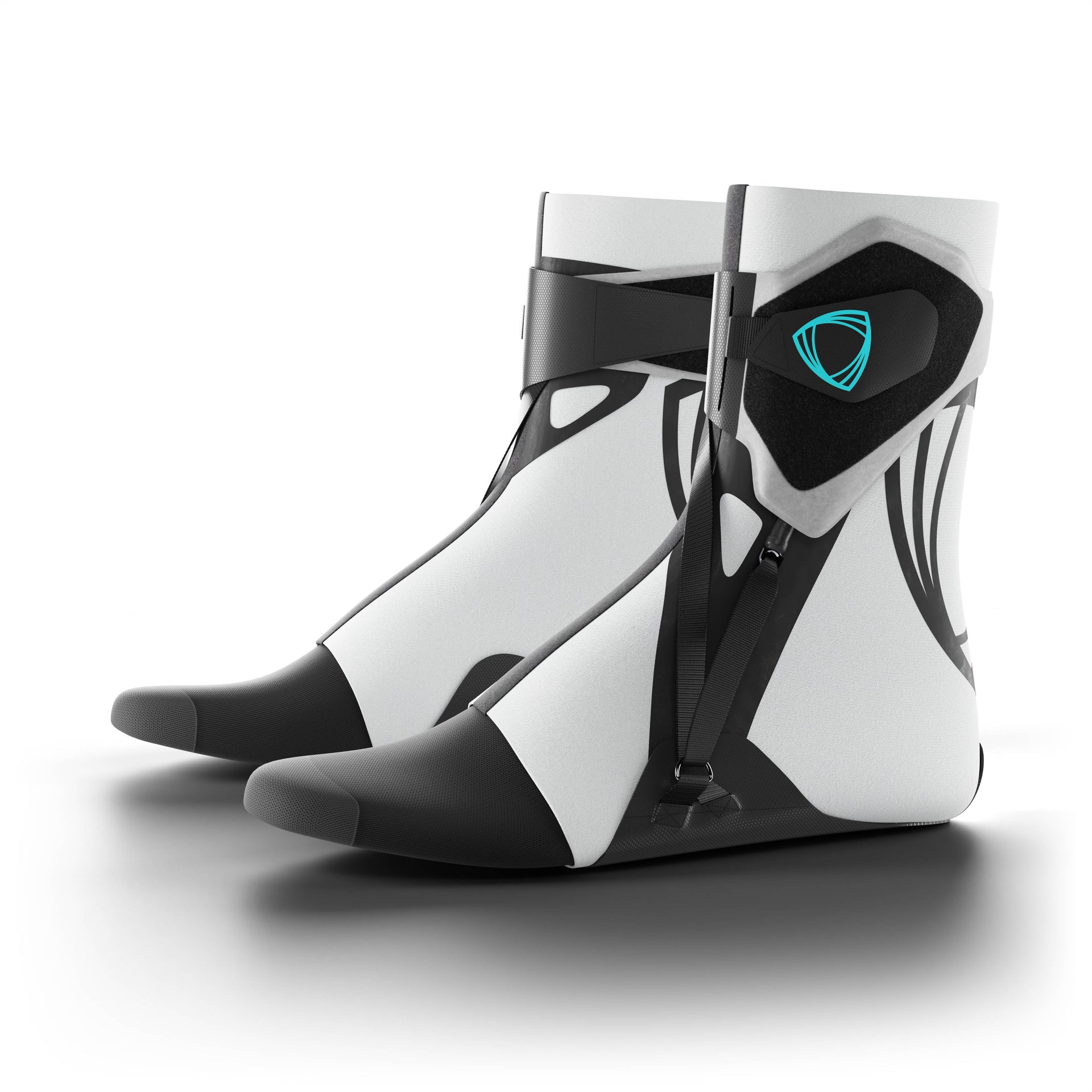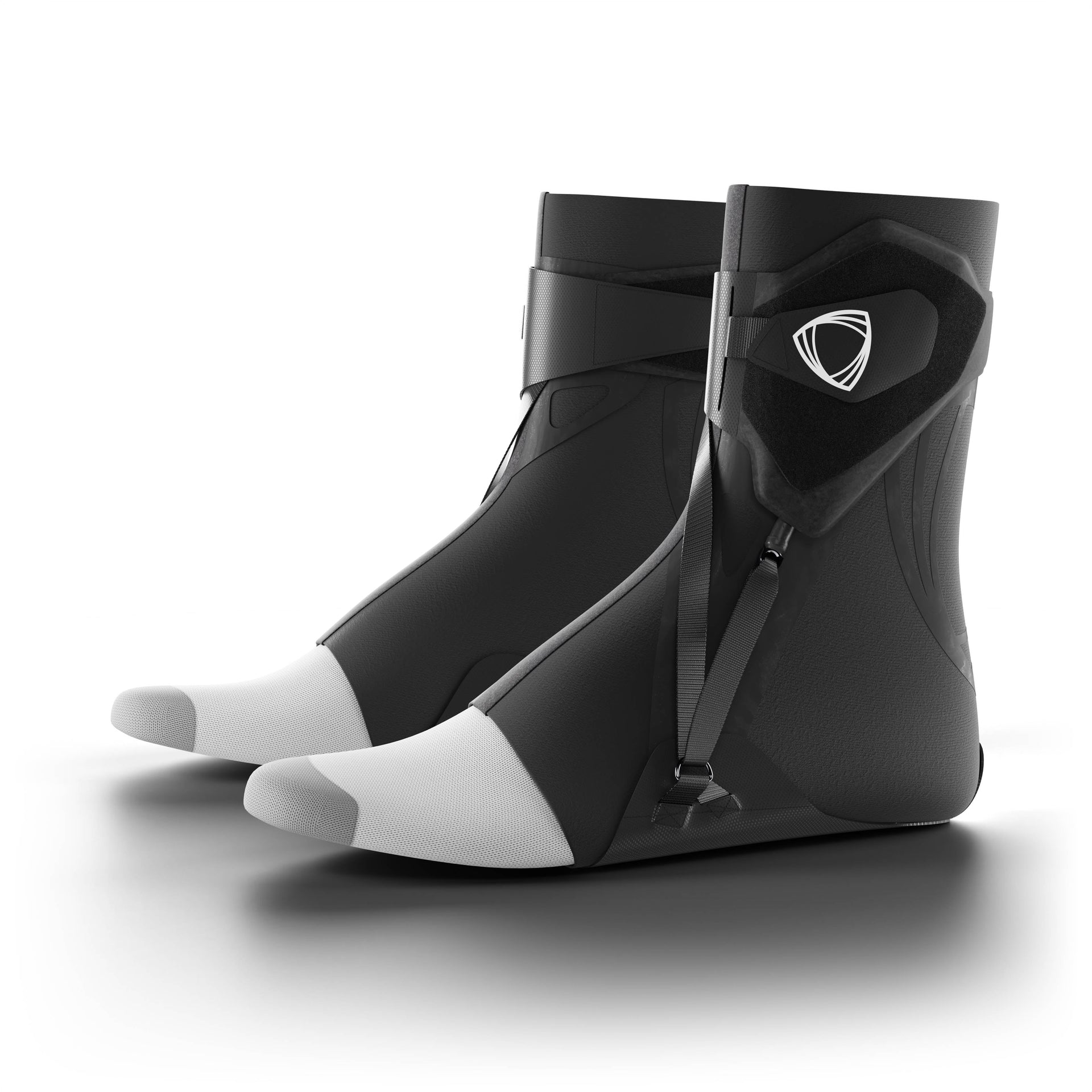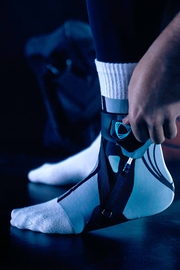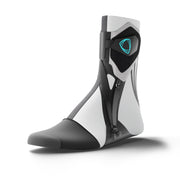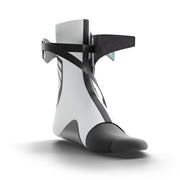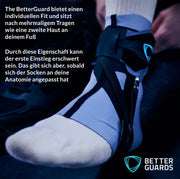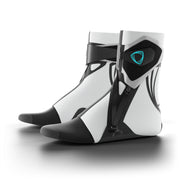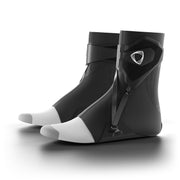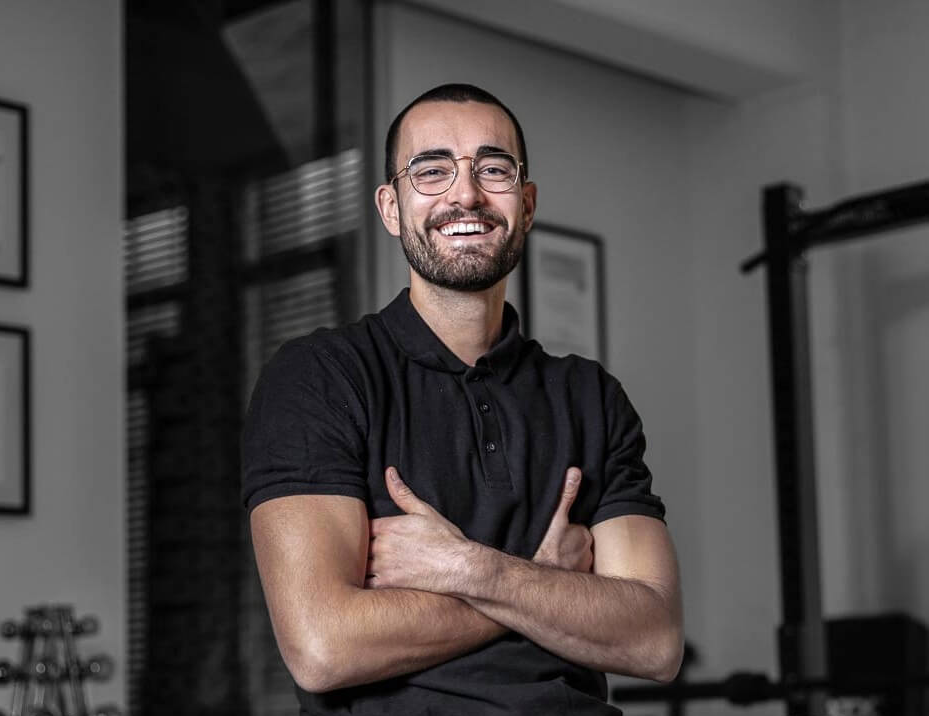
Ankle sprain physiotherapy: Why ankle injuries are so common
Ankle injuries are annoying, dangerous and bring a lot of problems with them. That's why good protection, after the first twist, is super important! Both professionally and privately, as a physiotherapist and volleyball player, I have witnessed and treated a number of injuries.
I wasn't spared, either. It's been three years since my last injury. I twisted my ankle while walking backwards. Is that normal? Unfortunately. Many athletes who have already twisted their ankles are much more likely to experience the problem again.
Why is that? After the first sprain, also called supination trauma, the anterior lateral ligament often tears and the joint capsule widens. This covering of connective tissue encloses the joint very tightly and is the most important protective function of the ankle.
If the front outer ligament is torn, that in itself is not a problem. It simply grows together with the joint capsule and usually does not need to be operated on. However, a structural instability arises. You can train them away with difficulty. You can get your muscles to fire quickly in unstable situations, giving the joint support. However, it will never be as good as before. Studies also confirm this. The rate of re-injury after the first supination trauma is extremely high.
Unfortunately, the story goes on. Ankle instability leads to increased signs of wear and tear in the ankle, an increased number of new traumas, and possibly less strength in the muscles close to the joint. The muscles can be inhibited by the injuries and the resulting incorrect position of the joint. This, in turn, can interfere with good rehabilitation. In addition, the joint usually becomes immobile.
If you don't treat it, it will lead to subsequent problems. For example, it reduces the ability to roll your foot well or makes it difficult to do a good squat or defensive position in volleyball. Thus, prevention of re-injury to the ankle is extremely important.

How I can help as a physio
As a rule, there is rarely a doctor's referral to a physical therapist after this type of injury. It would be extremely important. In my physiotherapy practice, I test the strength of the muscles close to the joint, the mobility of the ankle joint and test the instability mentioned above. If one of these points is conspicuous and can be improved, your chance of a good healing process increases. Does ankle physiotherapy protect against re-injury? In my opinion, no.
That's why you should wear a bandage preventively
Volleyball is a very fast and explosive sport. If you land on the foot of a teammate or opponent while blocking, there is a high chance that you will twist your ankle. If you've ever twisted your ankle and landed on one foot, the chance of re-injury is even higher. Your muscles can't work as fast as the accident happens. That's why such rehabilitation exercises as standing on a shaky surface are not necessarily effective.
It does not depict the real course of events. So it is not an adequate approach. To be honest, there are hardly any exercises that will keep you from twisting your ankle. Sad but true! For this reason, I wear and recommend wearing an ankle brace or brace when exercising if you have had supination trauma. There is no real alternative to this because, as mentioned above, in most cases the ankle remains unstable, and your muscles cannot compensate for this.
My experience with The BetterGuard
I've been wearing ankle bandages for every workout for 3 years and have tried quite a few. First there were these stiff plastic orthoses. These are safe, but they fit really badly in the shoe. For me, the fit of the shoe felt unstable because I couldn't tie it properly. In addition, she stiffened the ankle all the time and my stabilizing muscles no longer work at all.
Then I tried the bandage prescribed by the doctor with these rubber reinforcements on the ankle. They were also very thick in the shoe, and the rubber on the ankle is only effective if your ankle is still swollen. However, you only start playing again when the swelling is completely gone. So this is not the right choice.
After that, I wore a solid fabric bandage without pilots for a long time, but with an elastic band that is supposed to have a stabilizing effect. I felt a lot safer with that, but I knew that a bit of fabric and rubber wouldn't prevent an accident in an emergency.
This is where The Betterguard came into play. For me, the bandage combines the comfort of a fabric bandage with the security of a plastic orthosis. It fits snugly, and I can get into the shoe easily. In addition, the safety mechanism is great. It kicks in as soon as my foot twists, like a seat belt. The rest of the time I can move normally and have no feeling of tightness. This is the bandage that has the greatest benefit from my therapeutic point of view.
How The BetterGuard saved me from twisting my ankle
The conclusion of my article should be my very personal "Betterguards moment". In volleyball training, I was in a block situation. The pass for my opponent was played too close. He steps over and I land on his foot. Best conditions for twisting, right? Within milliseconds, I felt my foot make this typical movement, saw myself waiting for an X-ray appointment again in the hospital and hoped that nothing worse would happen this time. But nothing happened. Absolutely nothing. Wow, the system really worked! No twisting, just a moment of shock. I was able to continue training straight away as if nothing had happened.
So I would like to thank the makers of the Betterguard for this ingenious invention and wish all readers their own personal “Betterguards moment”.
Best regards
Philip
About the author Philipp Rey:
Philipp is a qualified physiotherapist and manual therapist and is currently completing his master's degree in musculoskeletal physiotherapy. The focus of his work lies in the prevention and rehabilitation of volleyball-specific complaints of the musculoskeletal system. He is also a podcaster, author and supervises young people at the volleyball base in Lübeck in the athletic area.


